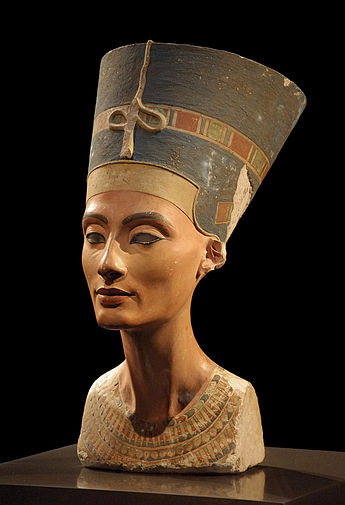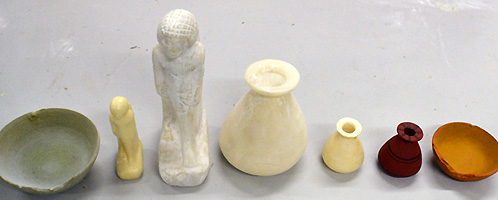Press/Media: Research
Lancaster University Engineers are helping Kendal Museum to offer its visitors the chance to handle 3D printed replicas of ancient Egyptian pottery and statues.
The modern copies were printed out by as part of a project aiming to make historical artefacts more accessible to visitors.
Morag Clement, the archaeology curator at Kendal Museum said: "These Ancient Egyptian items are so rare that normally we don’t let anybody touch them. With these copies, people can pick them up, touch and interact with them instead of just viewing them behind glass.
"We can also put them into loan boxes sent out to schools to teach the children about history."
The use of this technique could also make it easier to digitally repair broken antiquities.
The replicas were created by PhD student John Kaufman and Dr Allan Rennie at Lancaster's Engineering Department.
John Kaufman began the process by painstakingly photographing every object from 360 degrees.
He said: "Normally this would be done with a laser scanner but as part of my research, I used a much cheaper digital camera to see if I could make this method more accessible.
"This is a great attraction, as with a little training the museum's own staff will be able to replicate many of the objects on display."
Up to 150 photos of each object were then digitally stitched together to create a 3D virtual image of the original.
This virtual image was then used to print out the 3D replica layer by layer using Lancaster University's Additive Manufacturing equipment.


| Title | Engineering Helps Museum Visitors Stay 'in touch' With the Past |
|---|---|
| Degree of recognition | International |
| Media name/outlet | ENGINEERING.com |
| Date | 24/07/14 |
| Persons | Allan Rennie, John Kaufman |